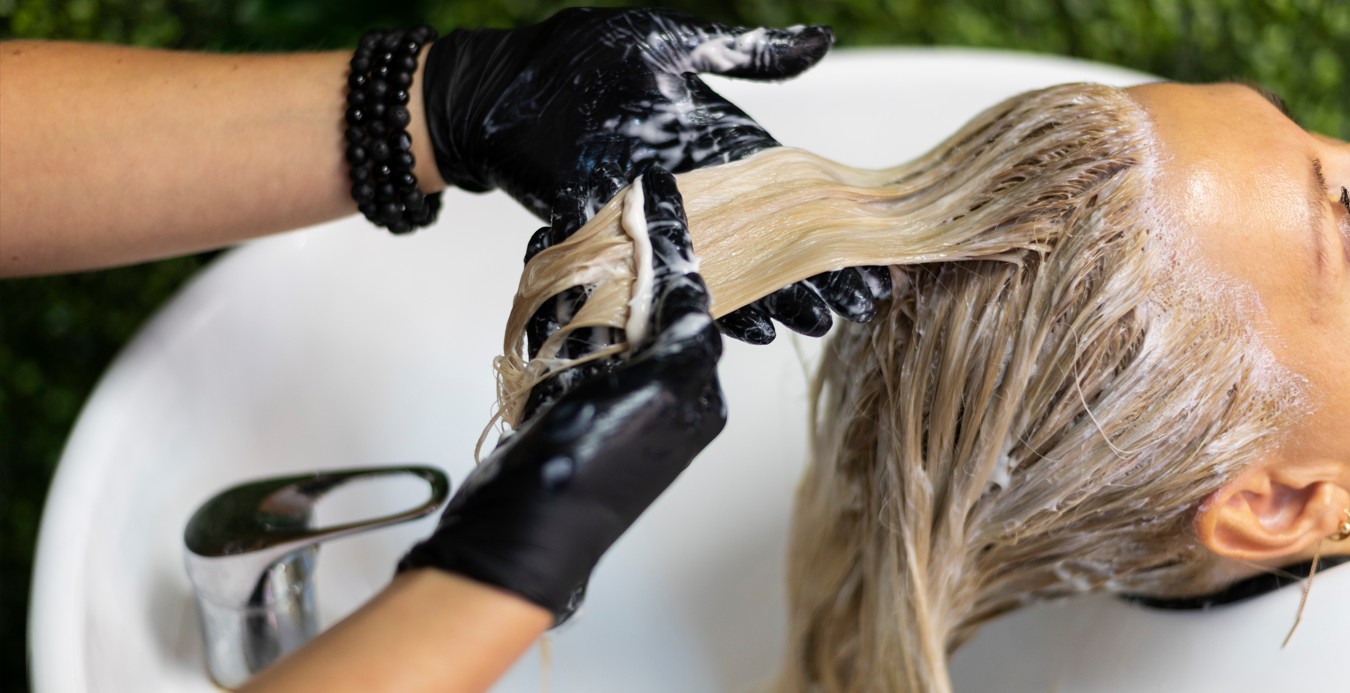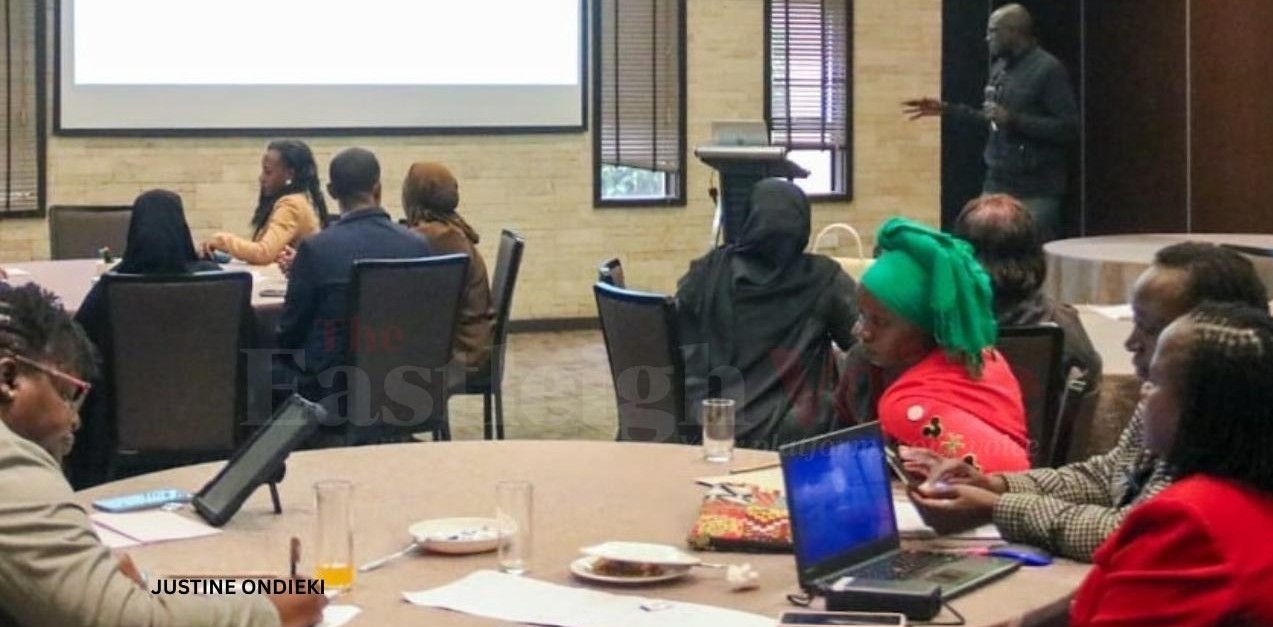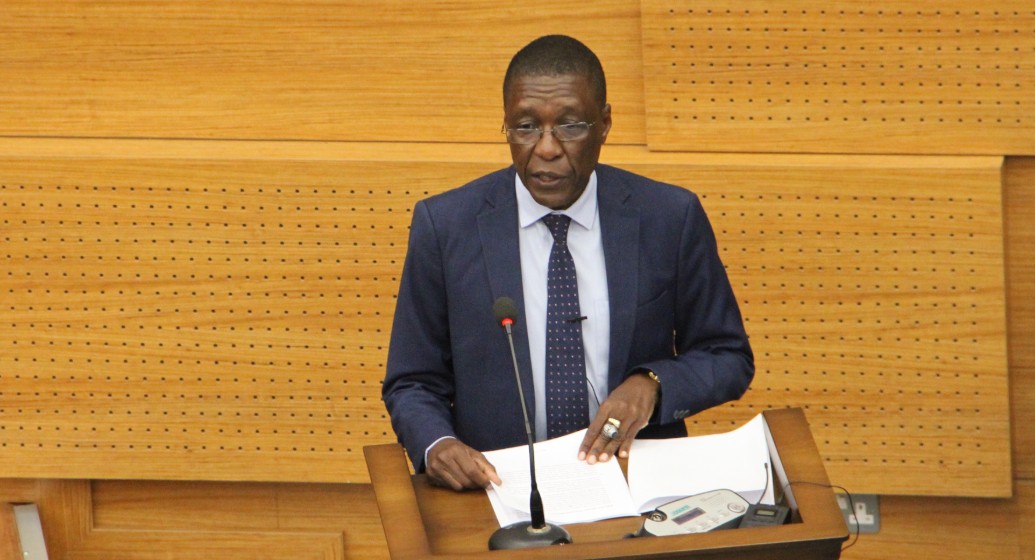Eight common hair dye mistakes to avoid when colouring your hair at home

To help clear up common myths and prevent damage, professional hair stylist and colour expert Caroline Mburu shared eight critical mistakes to avoid, along with essential aftercare advice.
Dyeing your hair at home can be an exciting and cost-effective way to experiment with new looks. However, it also comes with risks, especially when bleaching, using temporary dyes, or working with diverse hair types like African or mixed-texture hair.
To help clear up common myths and prevent damage, professional hair stylist and colour expert Caroline Mburu shared eight critical mistakes to avoid, along with essential aftercare advice, in an interview with The Eastleigh Voice on Thursday.
1. Temporary dyes aren’t risk-free
Temporary options like colour rinses, hair chalks, or semi-permanent dyes are often marketed as gentler alternatives to permanent colour. However, Mburu cautions that they’re not without side effects.
“Many people believe temporary dyes wash out completely and are harmless, but some formulas contain harsh chemicals that can cause buildup or irritation, especially with frequent use,” she said.
To minimise damage, she recommends patch testing and using sulfate-free shampoos to gently cleanse the hair. She also advised using two mirrors to carefully check both the front and back of the hair and to apply colour starting from the back for even coverage.
“It’s also important to avoid applying dye on wet hair, as dry hair allows for better absorption and more consistent results than wet hair. When mixing the colour, follow the instructions on the box precisely to achieve the correct consistency and activation.”
2. Bleaching requires caution
Bleaching strips the hair of its natural pigment and, if done incorrectly, can severely weaken its structure. Mburu warns that it’s particularly risky for textured hair types like African or mixed hair, which are prone to dryness.
“If you must bleach at home, do strand tests first, use professional-grade products, and avoid overlapping bleach on previously processed hair,” she explains.
She recommends choosing ammonia-free dyes, as ammonia can dry out hair.
"Permanent colour differs from bleach: permanent colour deposits pigment into the hair shaft to change its natural tone, while bleach lightens hair by removing its natural pigment. Always wear gloves during application to protect your hands from chemicals,” she said.
“Avoid combing through bleach once applied, as this can damage hair strands and affect the lightening process. Be mindful of timing, follow the recommended processing times carefully for both permanent colour and bleach to avoid over-processing.”
3. Never skip the strand test
A strand test is essential—not just for previewing the final colour, but also for understanding how your hair will react to the dye or bleach.
“Skipping this step is one of the biggest mistakes,” Mburu emphasises. It can prevent disastrous results like unexpected colours, severe damage, or allergic reactions.
4. Avoid using heat immediately after dyeing
Using hot tools like blow dryers or flat irons right after dyeing can worsen damage.
“Your hair is more fragile post-colouring, so it’s best to let it rest for at least 48 hours before applying heat,” says Mburu.
This is especially important for African and mixed-texture hair, which tends to be naturally dry and delicate.
5. Don’t over-wash colored hair
Washing too frequently can strip the hair of natural oils and cause colour to fade prematurely.
Mburu advises limiting washes to two or three times per week, using colour-safe shampoos and conditioners enriched with moisturising ingredients.
“For textured hair, co-washing (using conditioner only) can help maintain moisture and prolong vibrancy.”
She recommends rinsing dyed hair with lukewarm water and avoiding scalp scrubbing, which can irritate.
For ongoing care, Mburu suggests using toners to correct unwanted hues, purple shampoos to maintain brightness in blonde or bleached hair, and nourishing oils to keep hair hydrated and healthy.
6. Skip harsh chemicals in aftercare
Many over-the-counter products contain ingredients that dry out colour-treated hair.
Mburu urges caution: always read product labels.
“Always look for gentle, hydrating products formulated specifically for dyed or bleached hair, and avoid frequent clarifying shampoos unless necessary.”
7. Don’t ignore deep conditioning
Deep conditioning is key to restoring moisture and strengthening colored hair.
“For African and mixed hair, deep conditioning weekly with rich oils and proteins can prevent breakage and maintain elasticity,” says Mburu.
She also recommends leave-in conditioners and natural hair masks as effective ways to lock in moisture.
8. Avoid DIY colour corrections
If your at-home dye job doesn’t turn out as planned, don’t rush to fix it with more dye or bleach.
“Incorrect corrections often worsen damage and colour issues. It’s best to seek a professional stylist’s help to safely address colour mistakes.”
“For those with grey hair,” she adds, “tie your hair back appropriately during the process to prevent uneven colouring.”
Mburu’s final advice
Home hair dyeing can be rewarding when done carefully and knowledgeably. Mburu emphasises patience, using the right products, and sticking to a consistent aftercare routine—especially for African and mixed-texture hair that needs extra moisture and gentle handling.
“Respect your hair’s unique needs, and don’t rush the process,” she concludes.
Top Stories Today












































